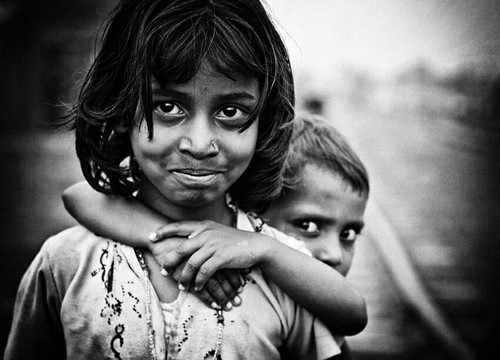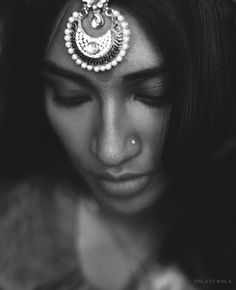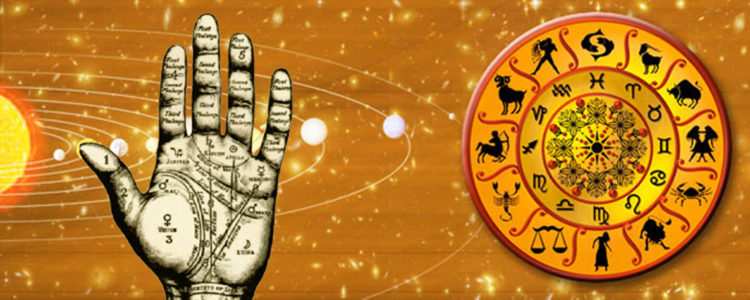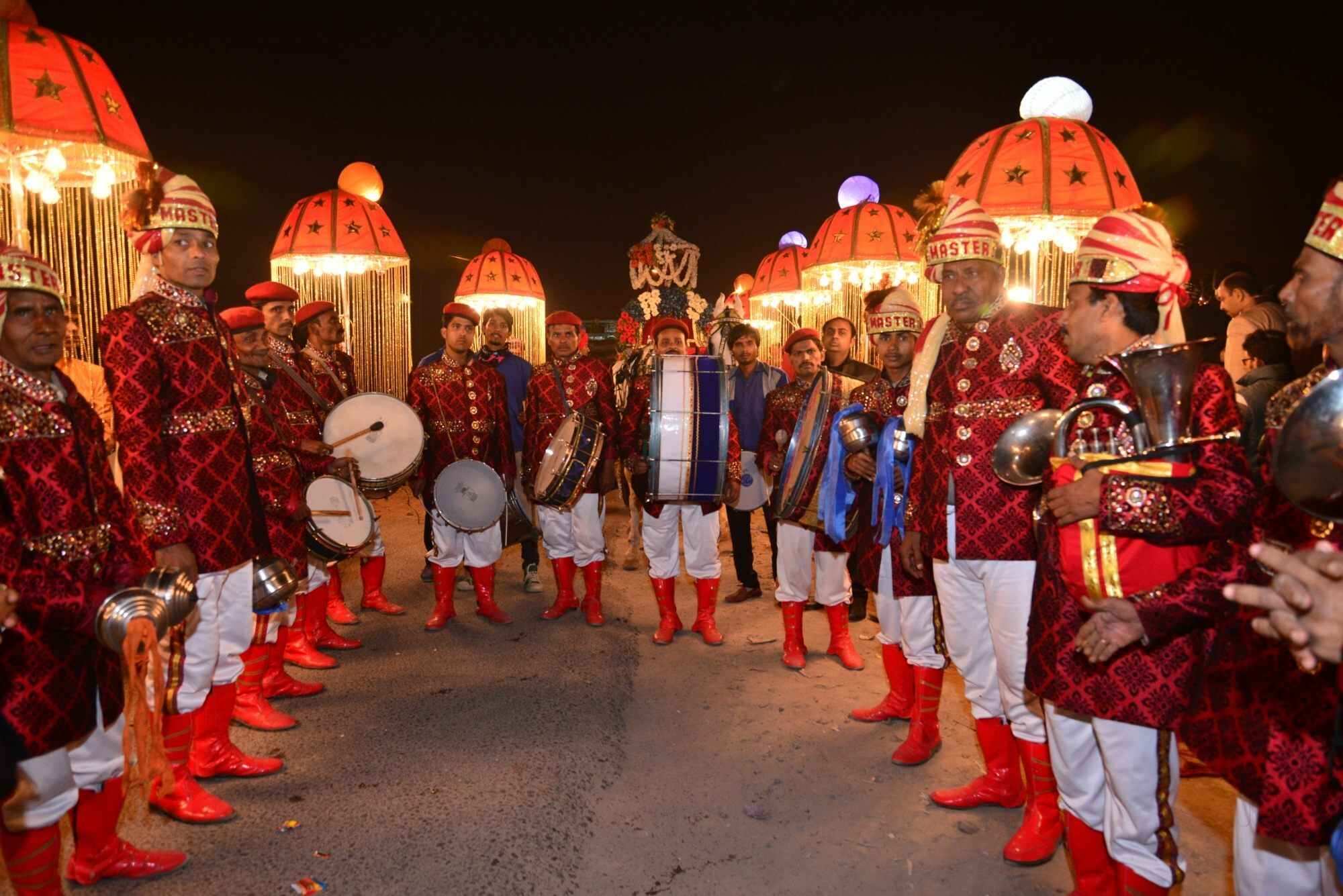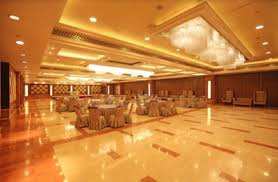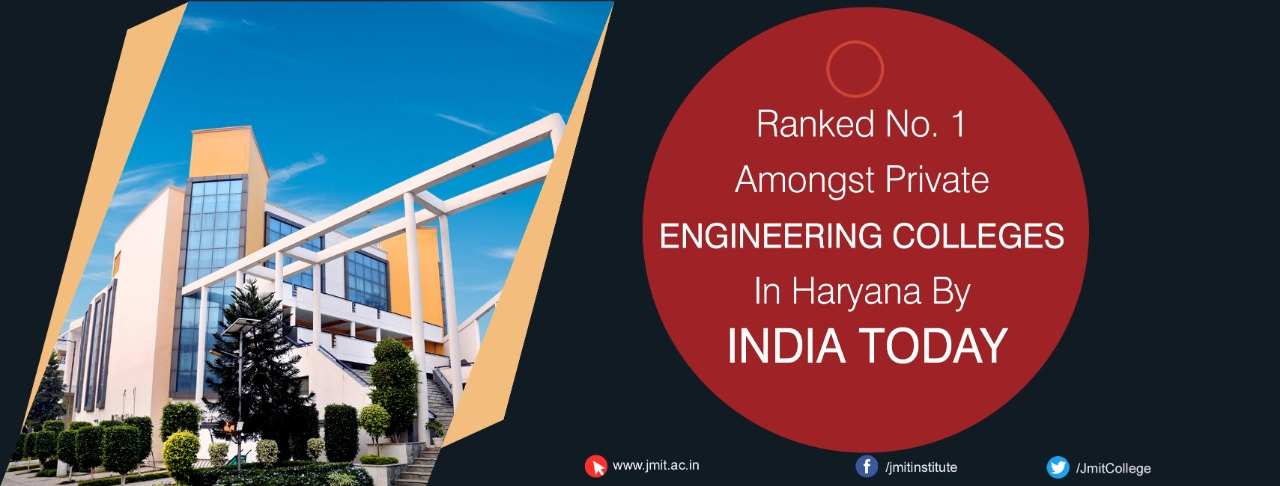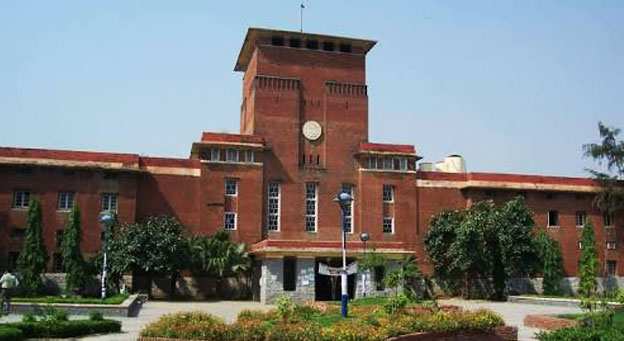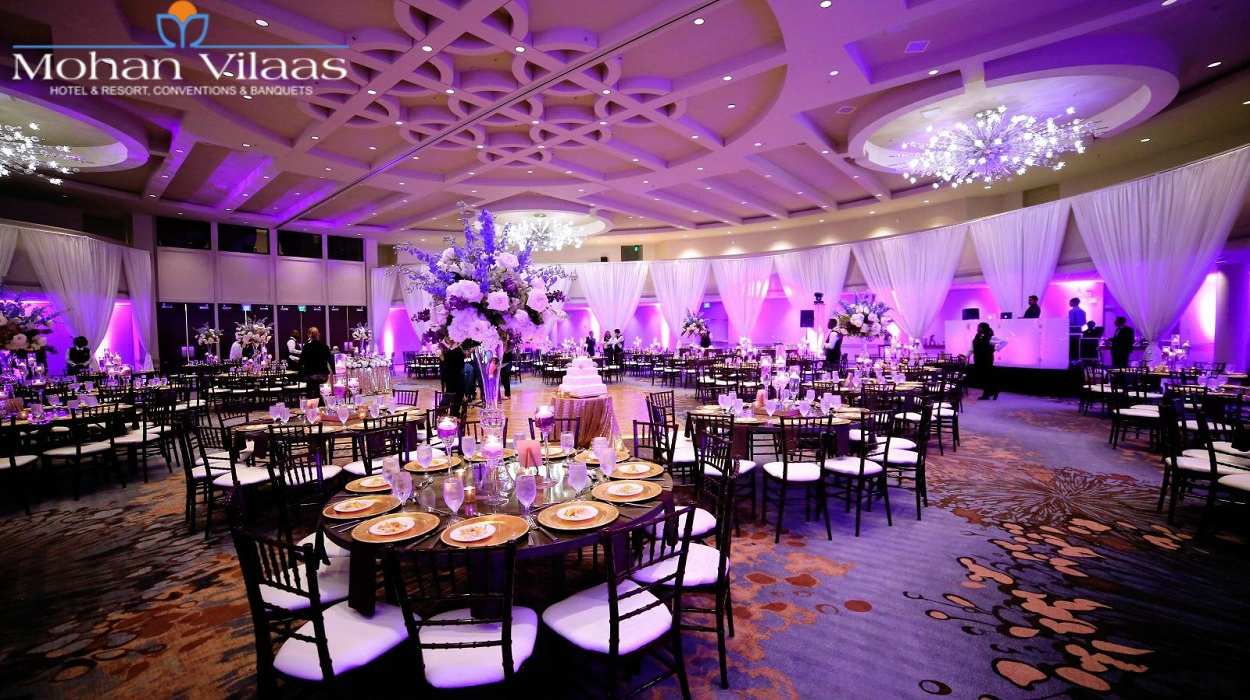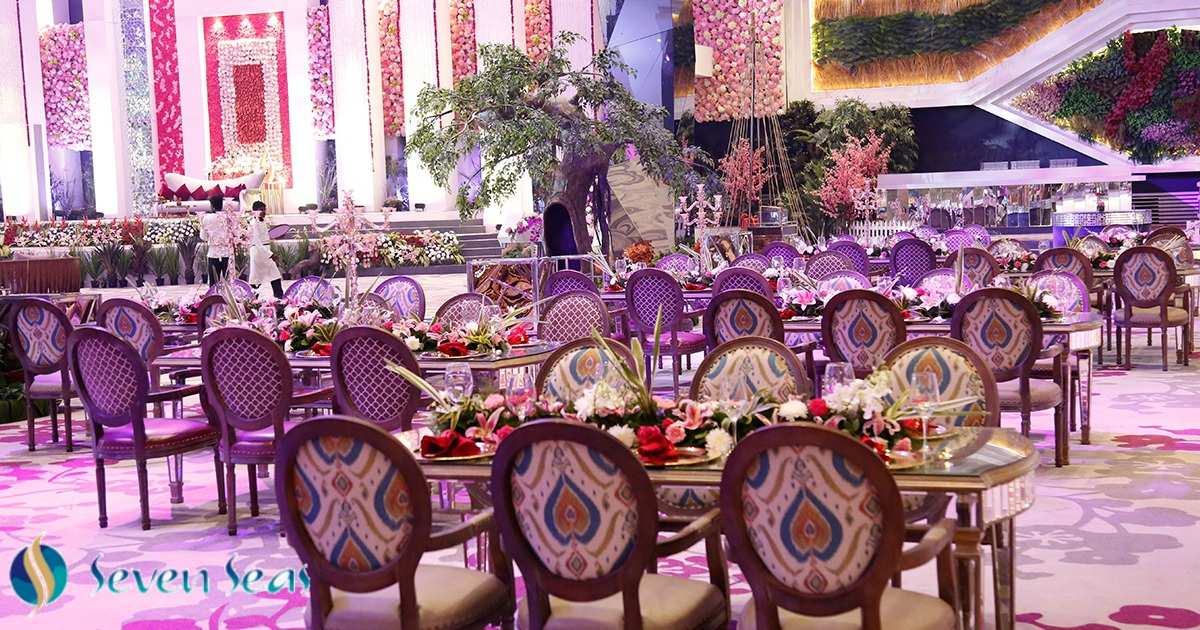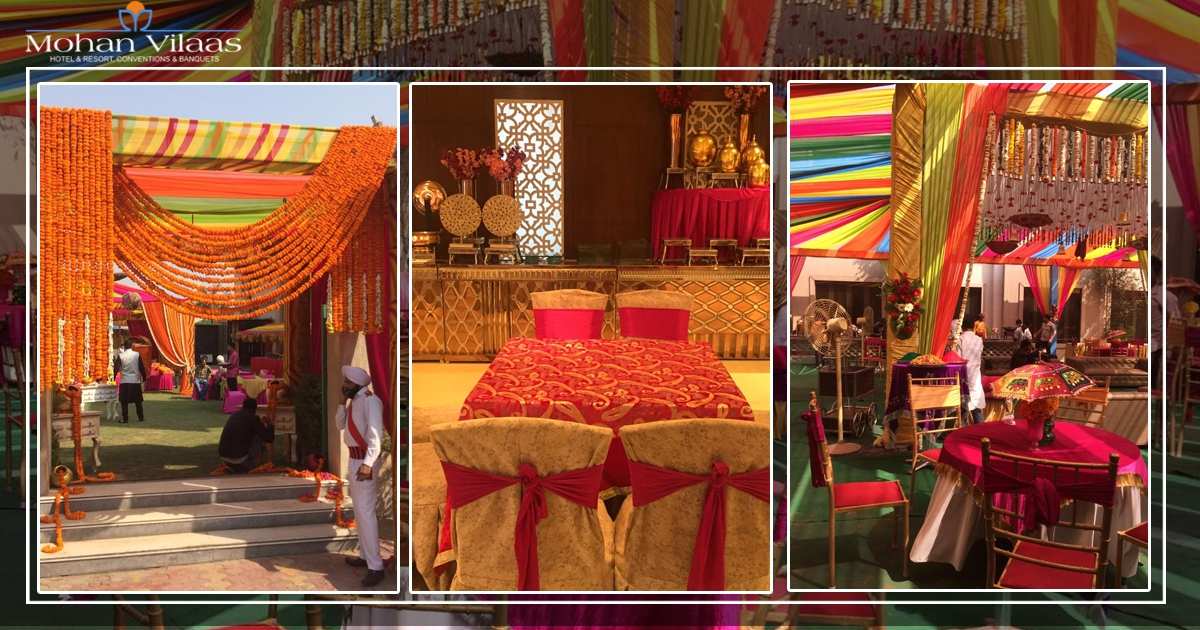Almost a decade ago, the World Economic Forum had conducted a study measuring gender equality around the world. India was placed 113th out of 130 countries involved in the study, shockingly, behind Bangladesh and the United Arab Emirates. Although, we don’t need any international study to learn how badly women in this country are treated, we are consciously aware of it; but it seems that even that shameful findings didn’t have even the slightest effect in our polity. Our society at large, chose to remain blissfully ignorant about it. Such is the deplorable state of affairs here when it comes to Indian women. The entire world knows, so what? Is there any upheaval, any social unrest? What bothers you- seems to be the attitude of the authorities, the law makers. But in reality, it’s not the fact of the matter.
These studies were based on how much progress nations have made in the areas of jobs, education, politics and health as a measure of gender parity. As far as women’s political participation is concerned, there has been some progress in the village panchayat level. But it’s a sad story again, in the context of women’s participation in the higher level of legislation, whether in the parliament or the State Assemblies. The Women’s Reservation Bill is stuck for decades. It is not clear if the bill would see the light of day in the impending future except that the real intentions of political parties are exposed like the day- light. And given the present situation, it is highly doubtful if it’ll be pursued in all earnestness.


